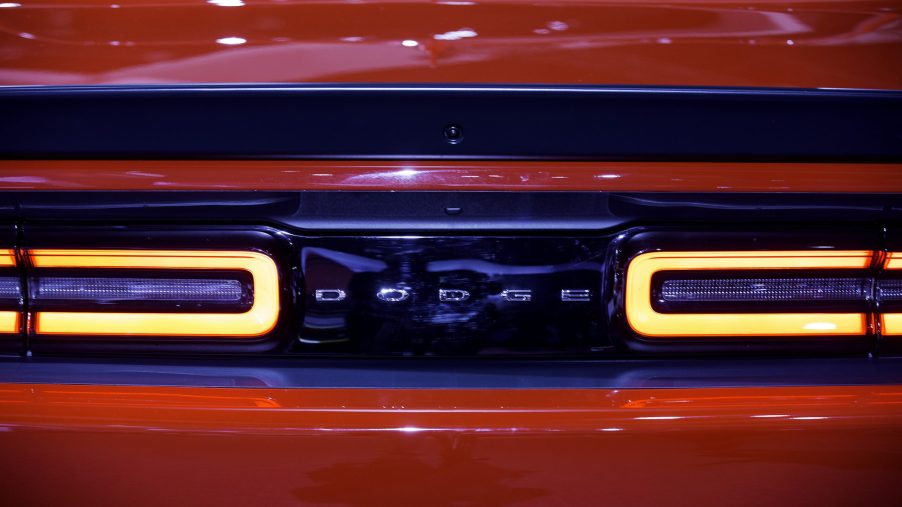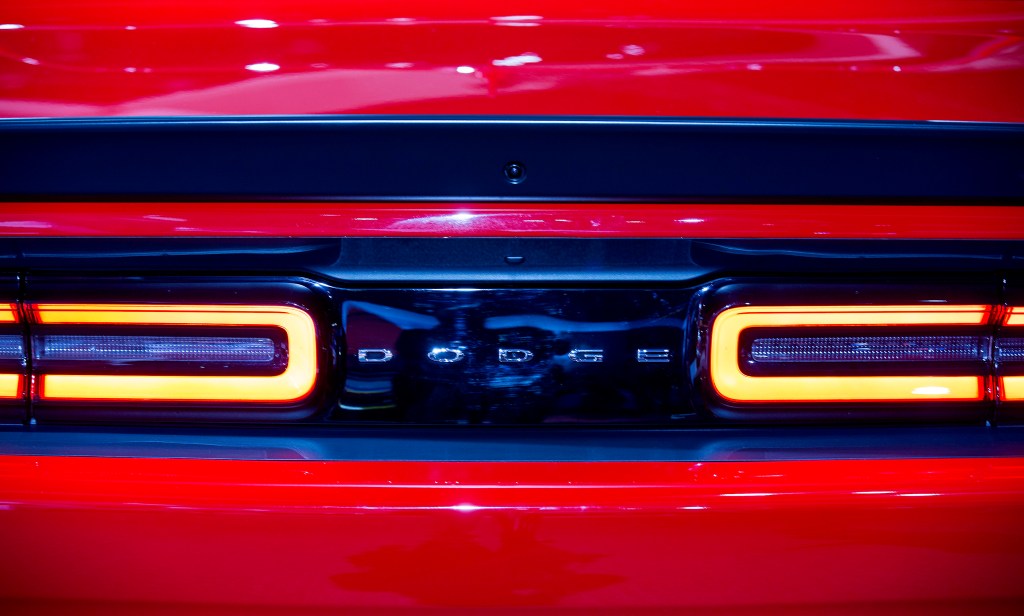
Yes, Dodge Owners, You Should Remove Your Splitter Guards
The trend of Dodge owners leaving their splitter guards has become the butt of many jokes, both at car shows and on the internet. While some owners prefer to keep their guards on their vehicle’s splitter, there has been a major dissent among vehicle enthusiasts as to if there is any real need to keep them. Potentially worse, it can actually do more to damage your vehicle than it protects them. The splitter guards, which were designed to protect the car during shipping, were, at their introduction, only used for just that — shipping the vehicle from Dodge to the dealership.
The Dodge splitter guards were never supposed to stay on

If you purchased your car new from the dealership and the salesman didn’t remove the splitter guards, it’s because they missed a step on the New Vehicle Preparation checklist. This checklist is designed to give instruction to dealerships on how to prepare vehicles for final sale to the customer. It includes everything from checking the headlights and tail lights to ensure they are working properly to double-checking the vehicle’s critical operations, such as cruise control and turn signals, are working correctly.
Along with this checklist, there are also instructions for detailing the new Dodge before releasing it to the customer, including every minor detail to ensure nothing was skipped. This includes:
- Wash and clean vehicle exterior
- Inspect paint and body for damage and fit (touch up if necessary)
- Clean vehicle interior
- Remove interior protective covers, unnecessary labels, and tags
- Remove exterior transportation protective material
The instruction to “remove exterior transportation protective material” refers to the splitter guards, which are installed before shipping from Dodge to the dealership to protect the front fascia. From the start, they were never designed to stay on the car and protect the front lip long-term — they were designed to be removed upon purchase.

Even the Dodge and SRT designer doesn’t like the trend
While you can request that the dealer leave the splitter guards on the vehicle, the design chief of Dodge and SRT has spoken out clearly against the trend. In the interview included in the video above from Brian Makse, an automotive reviewer, writer, and YouTuber, Mark Trostle, design chief, made his opinion of splitter guards very clear:
“When we did the sketch for the Charger and Challenger, it never had yellow strips on it. I wish they would take them off”
Mark Trostle, design chief of Dodge and SRT
You can leave your splitter guards on if you really want to
While there is much debate over whether you should keep the splitter guards on, some Dodge owners just prefer the way they look. While the design chief at Dodge has spoken out about his personal feelings regarding the trend, many owners have chosen to keep theirs on, and likely will continue to do so. Leaving the splitter guards on can damage the paint underneath, and potentially cause damage to another vehicle if it detaches from the car’s front end on the highway — which, has happened, but it isn’t illegal to keep them on the vehicle.


